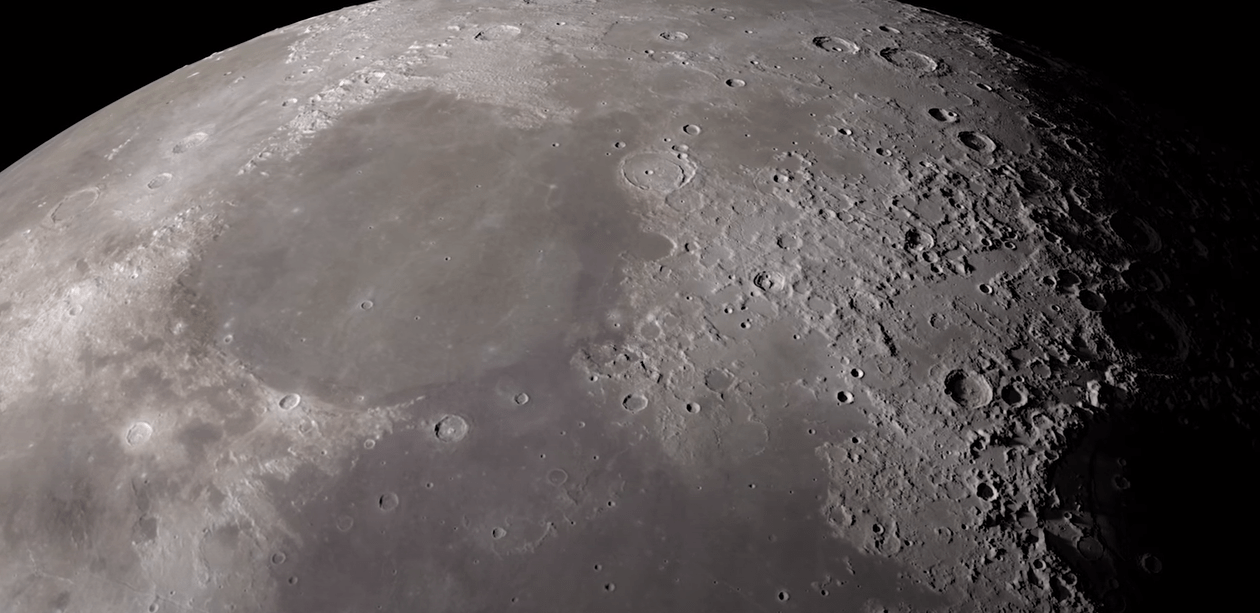In this series we are exploring the weird and wonderful world of astronomy jargon! You’ll be dazzled by today’s topic: albedo!
The English word “albedo” comes from the Latin word for “whiteness”, which is…albedo. It’s a measure for how reflective a surface is, determined by the fraction of the sun’s radiation that bounces back into space. It’s measured on a scale from 0 to 1. Very dark, dull objects have low albedos, closer to 0, while white objects have high albedos, closer to 1.
Unless otherwise specified, the albedo is measured from the total amount of solar radiation hitting the object in question. That said, the albedo for solar system bodies is usually measured in the wavelength range of the sun’s output that most easily makes it to the surface. This wavelength range, from 0.3 to 3 micrometers, includes visible light, so the albedo for a given object is usually closely tied to its visual appearance.
In other words, you could probably pretty easily guess the albedo of a random object.
The Moon has an average albedo of only 0.11, but it appears so bright because it’s close to us. That’s about the same albedo as old, worn asphalt, but far less than the albedos of green grass (0.25) and fresh snow (0.8). Among the planets, Venus has the highest albedo at a whopping 0.689, while Mercury has the lowest at a paltry 0.142.
The albedo of a planet is a critical number, because it tells astronomers how much solar radiation the planet is capable of absorbing. For the Earth, it’s a major player in determining our climate. The amount of sea ice, land cultivation, cloud cover, and more impact the Earth’s albedo, which then goes on to change our average temperature.
In the case of climate change, the albedo can set up a nasty feedback loop. If the Earth warms a little bit, then more ice will melt, which will lower our albedo. That will allow the Earth to absorb more solar radiation, heating up the atmosphere and melting more ice, starting the cycle over again. That’s one of the many reasons why even a little bit of climate change can be very concerning.

